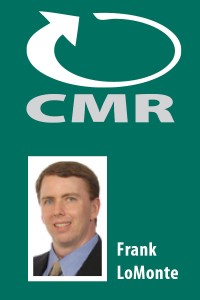Exploring the social media site as a collaborative tool
By Lindsey Wotanis, Ph.D.
Marywood University
Facebook. It’s a social phenomenon and even an obsession for some, particularly among young people. An estimated 48 percent of adults between 18 and 34 check Facebook when they wake up, with 28 percent doing so before even getting out of bed, according to Facebook Statistics, Stats & Facts For 2011 | Digital Buzz Blog.

In 2011, the Pew Internet and American Life project reported that 86 percent of undergraduates were using social networks. In classrooms and dorm rooms across the country, students are updating statuses, “liking” photos, and accepting invitations to the next Friday night party.
And, almost as soon as Facebook started gaining popularity, researchers began studying the impact its use among undergraduates would have on things like academic performance. Studies like this one at The Ohio State University report that students who use Facebook tend to have lower GPAs and spend less time studying.
But it’s not all bad news. After all, at least we know where students’ attentions are. They’re on Facebook, and as they say, “if you can’t beat ’em, join ’em.”




